Seasons – October 2022
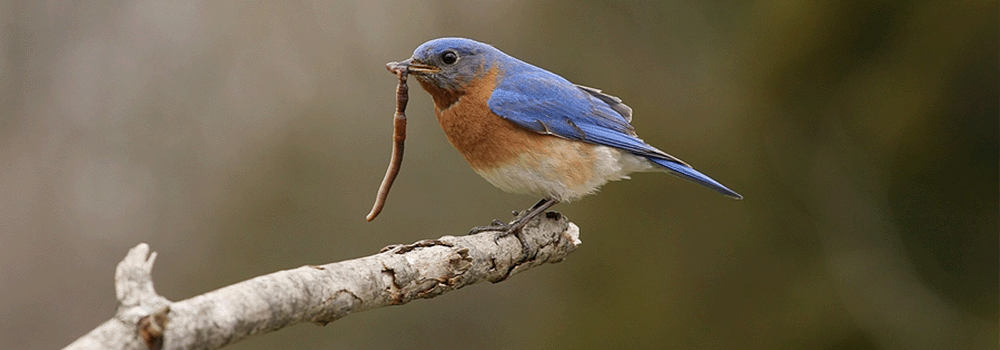
From the Plateau Land & Wildlife Management Team
Another beautiful Texas fall is upon us. It may feel like we are in the middle of summer still, but cooler weather is just around the corner. Have faith it’s coming! And with it, deer and quail season, crisp fall weather, changing leaves, and yes, even the holiday season. It’s an exciting time of the year and a great time to think about your wildlife and wildlife management plans.
Fall brings a rejuvenated excitement for life and an eagerness to reconnect with the land. This spirit is reflected in this issue of Seasons, in which we highlight several opportunities to improve and enjoy your land while also taking care of a few qualifying activities for those in wildlife as their open-space property tax status.
We hope this issue of Seasons will help jump-start your celebration of fall, and if there’s any way that Plateau Wildlife or any of our family members can help you protect, enhance, or better enjoy your land during this special season, just give us a call. We’ll be here when you need us.
Until next Seasons,
The Plateau Team
Table of Contents
Wildlife Management Activity Reminder: Winter Wildlife Surveys
Staff Biologist Danielle Belleny Publishes Book
Fall Webinar Series
Monarch Butterflies
We’re Hiring! Join the Plateau Team!
Booze, Bullets and Bucks: Risk Management Reminders for Hunting on your Property
News for Texas Landowners
WILDLIFE MANAGEMENT ACTIVITY REMINDER: WINTER WILDLIFE SURVEYS
By Kameron Bain, Landowner Account Manager
 As fall escorts cooler temperatures into our area it also renews an opportunity to become familiar with our wintering and resident wildlife. These visitors won’t be here for long, so put on your jacket and start counting!
As fall escorts cooler temperatures into our area it also renews an opportunity to become familiar with our wintering and resident wildlife. These visitors won’t be here for long, so put on your jacket and start counting!
For informal surveys, simply watch your feeders and water sources and record who is visiting. You can do this by watching in the morning or evening and keeping a log of what you see. You should do this regularly (weekly or monthly) throughout the wintering season or better yet, all-year long. Keep your eyes out for butterflies too, mid-October to mid-November is an excellent time to see migrating butterflies. You can also use remote game cameras that can watch 24/7 and offer an excellent opportunity to record sightings of wildlife, especially shy and elusive species.
Another excellent opportunity is to allow your property to be a part of the regional Christmas Bird Count, which is the longest-running citizen science survey. The National Audubon Society administers the surveys and the data collected is used to monitor population trends of wintering species.
Download the iNaturalist app to help you identify and catalog wildlife and plants seen on your property. See Plateau’s tutorial on iNaturalist
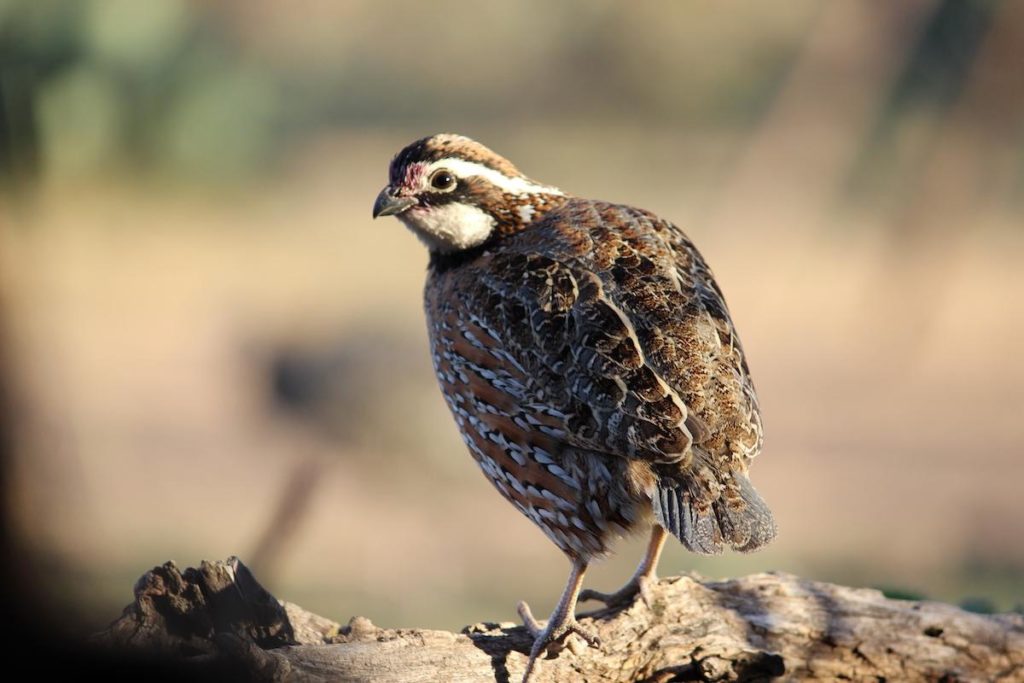 Formal surveys require more experience and knowledge, and may include:
Formal surveys require more experience and knowledge, and may include:
- Time-area counts are structured surveys that involve sitting at representative points throughout your property for a set period of time (typically 10 minutes) and recording all wildlife seen or heard within a set area. These are typically done seasonally, but winter is a great time to start.
- Fall and Winter quail call counts are structured surveys where independent listening stations are set up throughout your property to count individual quail calling in the early morning.
- Winter and resident bird surveys are point-count surveys focused on birds that are seen and/or heard at representative stations throughout your property.
All of these surveys are most informative when conducted annually or often to establish trends in wildlife use of your property. You don’t have to be perfect at your activities, but somebody has to do them. If you need help or have questions please contact us at (512) 894-3479 or [email protected].
Back to TopBack to Top
STAFF BIOLOGIST DANIELLE BELLENY PUBLISHES BOOK
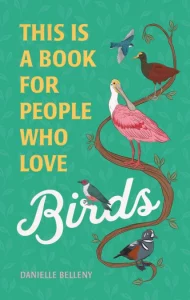 Full of bird watching basics, fun facts, and illustrated species profiles, This Is a Book for People Who Love Birds is a joyful celebration of our feathered friends!
Full of bird watching basics, fun facts, and illustrated species profiles, This Is a Book for People Who Love Birds is a joyful celebration of our feathered friends!
For seasoned spotters and backyard hobbyists alike, this charming guide offers an accessible look at the irresistible world of birding. Staff Wildlife Biologist and co-founder of Black Birders Week Danielle Belleny walks readers through the essentials of bird watching, from equipment to locations, offering new ideas for finding avian friends wherever you may be.
Engaging profiles of North American bird species, from cardinals and blue jays to raptors and sea birds, are accompanied by whimsical illustrations sure to spark the imaginations of birders from coast to coast. Deeply researched and accessible to enthusiasts of all levels of experience, This Is a Book for People Who Love Birds is an essential addition to every bird lover’s field library.
Q&A with the Author:
PLW: What inspired you to write this book?
DB: I was extremely fortunate that the publisher approached me and asked if I would be interested in writing a book about birds. The pandemic left me with a bit of free time to take a deeper dive into my bird watching hobby. I couldn’t pass up the opportunity, especially with the added incentive of getting paid to research and write about birding.
PLW: How much research was needed? How long was the entire creative process?
DB: I used so many resources. From using my own observations, to watching live bird webcams, to clearing the library of all their bird books, and beyond. I tried to find as many interesting facts possible. I wrote for 7 months – November 2020 to May 2021. The editing process took a bit of time as well. The book was released May 2022.
PLW: What was the most enjoyable part about writing?
DB: Coming across a jaw-dropping fact that I did not know. So many birds have absolutely wacky lifestyles.
PLW: The illustrations are wonderful – how did you select your illustrator? What did you like about their work?
DB: My editor helped provided a list of illustrators. When my editor showed me Stephanie Singleton’s bird artwork, I knew she would be able to capture the personality of each bird while also keeping the illustrations fun.
PLW: Do you have a favorite bird or type of bird? What do you like most about them?
DB: It’s so hard to choose a favorite but my go-to answer is the Painted Bunting. They are small, very colorful, and very common. I see them almost daily during the summer. Many folks don’t realize Painted Buntings are in their yards. When I point that fact out it sparks people’s interest in backyard birding.
PLW: What inspired the companion puzzle? It’s such a cool idea!
DB: My editor, Shannon Fabricant! I’m convinced there’s a big overlap of people who love birds and people who love puzzles.
PLW: How would you describe your book’s ideal reader?
DB: I think the title says it all! But it is also for anyone who has the slightest bit of interest in birds. We have a ton of cool plants and animals living around us. We just need to slow down a little and take a closer look.
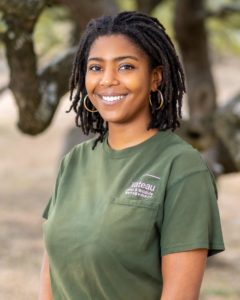 Danielle Belleny serves as a Staff Biologist II with Plateau Land & Wildlife Management.
Danielle Belleny serves as a Staff Biologist II with Plateau Land & Wildlife Management.
As a San Antonio native, Danielle has an undying love for the Texas Hill Country. Danielle was inspired from an early age to understand how and why natural ecosystems work. Her love for nature was cultivated during summers where she helped at her grandparents farm near Lockhart and explored their property for any bug, snake, or bird she could find.
Her time spent studying birds across Texas was instrumental in developing her love for conservation and research. Since much of her research was completed on private lands in Texas, Danielle understands the importance of protecting the needs of private landowners and wildlife. After graduating in 2018 from Tarleton State University with a M.Sc. in Agricultural and Natural Resource Management, Danielle was a wildlife biology assistant and goatherd on Martha’s Vineyard in Massachusetts. Her primary focus was conserving rare and endangered plants, birds, and reptiles in one of New England’s most unique ecosystems.
After returning to Central Texas in 2020, Danielle joined Plateau as a staff biologist. She has been with the company for almost two years and enjoys working with a team of people dedicated to meet the dynamic needs of land conservation in innovative ways.
“This Is a Book for People Who Love Birds,” by Danielle Belleny, illustrated by Stephanie Singleton, is available for purchase at Amazon, Barnes & Noble, Books-A-Million, Indiebound Bookshop, Target, and Walmart. Learn more here.
FALL WILDLIFE EXEMPTION WEBINAR SERIES

You’re invited to our FREE Wildlife Management webinar series this fall!
Whether you’re already a Plateau customer or someone that wants to learn more about Wildlife Management, everyone is invited to join us for our FREE 2022 Wildlife Management Fall Webinar Series. Connect with experts and other Texas landowners in Wildlife Management and learn all about: Wildlife Management Exemption, Wildlife Management 101, Qualifying Wildlife Activities, Property Taxes, Wildlife Management Plans, Annual Reports, County Requirements, Texas Regional Topics, Open Questions & Answers and more!
Plus, join us for special Early Bird presentations from industry experts like Capital Farm Credit, Bee Salty, and Braun & Gresham, PLLC!
Webinars will be hosted on Tuesdays from now through November 8th. Visit plateauwildlife.com/webinars to register for the date and topic you choose. Register for as many as you’d like. If you miss one, no problem, just sign up for the next webinar!
Questions? Give us a call at (512) 894-3479 or email [email protected]
MONARCH BUTTERFLIES
By Sarah Kahlich, AWB, Senior Wildlife Biologist
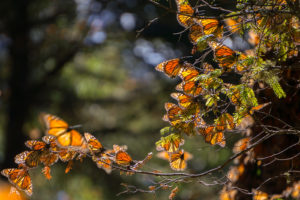
The Monarch Butterfly Biosphere Reserve in Michoacan, Mexico is a World Heritage Site containing most of the over-wintering sites of the eastern population of the monarch butterfly.
Starting from August through October, subtle changes in the day length and temperature signal to the monarchs it is time to make their journey south. Monarchs make their incredible journey south to central Mexico and west to the California coast, and a few may winter along the Gulf coast or south Atlantic coast. Though unlike the many animals that make epic migrations, these butterflies will not return.As winter draws to an end, these monarchs head a portion of the way north to warmer areas like Texas. It is here the monarchs will mate and lay their eggs on the undersides of milkweed leaves. After a few days, the eggs will hatch and the black, white, and gold caterpillar will emerge and start feeding on the milkweed plant. There are a variety of milkweeds utilized by monarchs, and many milkweed plants contain cardiac glycosides, which is stored in the bodies of both the adults and the caterpillar. This poison is extremely distasteful to predators. These very hungry caterpillars consume enormous amounts of milkweed before they start to form into a chrysalis and start their transformation into a butterfly.
Once these butterflies have hatched out, they continue the migration their parents had started and could not finish. This batch will fly another 200-300 miles and repeat the process in a new patch of milkweed. Upon reaching Canada, it has taken 4-5 generations to complete this 3,000-mile journey. When the temperatures start changing and the days start getting shorter, the monarchs will start their incredible journey back south again.
Ways You Can Help Monarchs (& Other Butterflies): Build a Butterfly Garden
Milkweed is the main food source for monarch butterflies and their caterpillars. You can plant multiple species of milkweed utilized by monarchs: antelope-horn milkweed, green milkweed, butterfly weed, and Texas milkweed (just a few of the species). Make sure that milkweed plants are planted in multiple groups of 3-4 so the caterpillars do not run out of food. Adult monarchs will drink nectar from a variety of other sources when milkweed is not available. Providing a wide variety of native flowers that bloom at different intervals ensure that monarchs get the necessary food they need to reproduce during the spring and summer as well as when they migrate in the fall.
If you are interested in creating a butterfly food plot, there are native wildflower seed mixes available. If your property is currently in a wildlife valuation, a butterfly food plot would count as a supplemental food activity. The food plot must be 1% of the total property to qualify.) Lantana, thistles, mistflowers, zinnia, Mexican sunflowers, verbenas, butterfly bush, bottlebrush, bee brush, Turk’s cap, frostweed, and bee balm are among a few wildflowers that monarchs (and other pollinators) will utilize during their migrations.
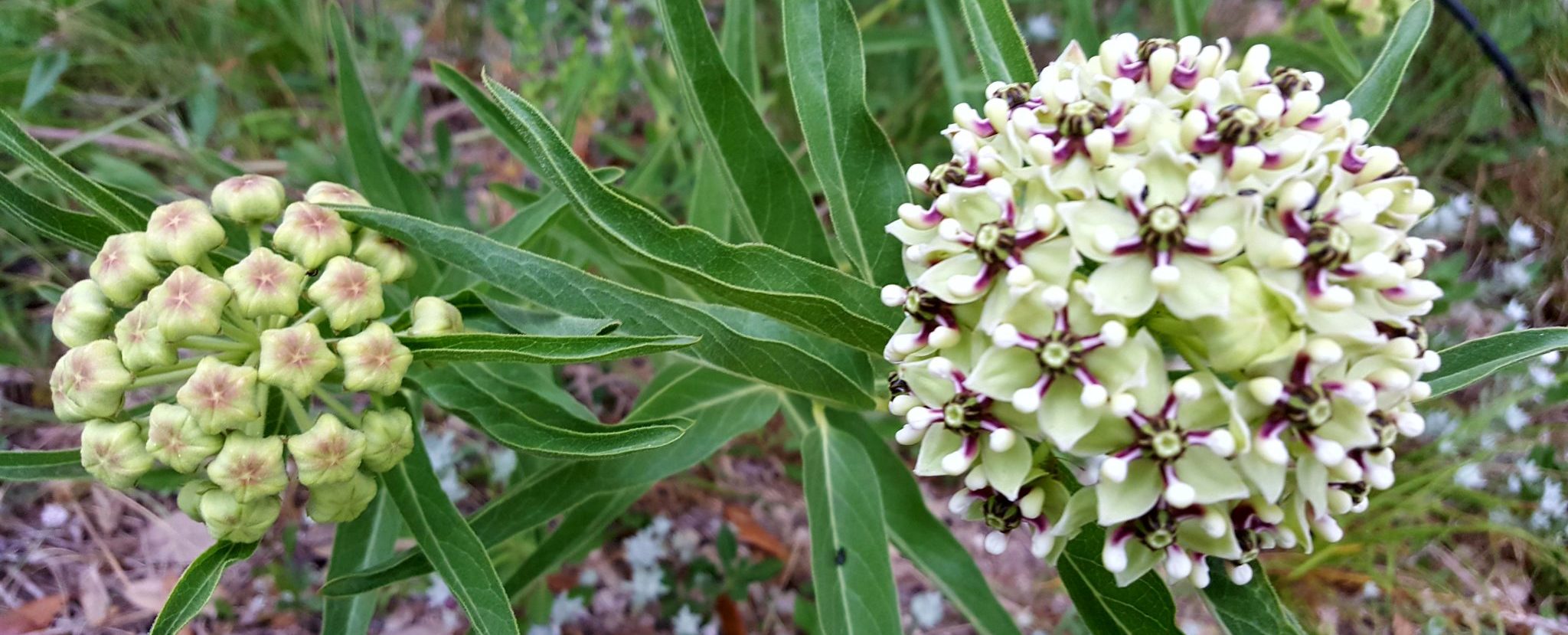
Photo of Antelope Horn Milkweed. Courtesy of Maria DeLanghe, Ecological Services Administrative Assistant at Plateau Land & Wildlife Management.
WE’RE HIRING! JOIN THE PLATEAU TEAM!
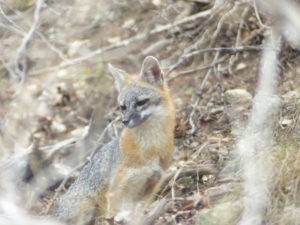 Regional Manager and former Wildlife Technician Nick Fisher captured this photo of an elusive grey fox while in the field!
Regional Manager and former Wildlife Technician Nick Fisher captured this photo of an elusive grey fox while in the field!HUNTING LEASES: WHY BOOZE, BULLETS & BUCKS DON’T MIX
GUEST FEATURE: ERIC GOMEZ, ATTORNEY AT LAW WITH BRAUN & GRESHAM, PLLC.
Booze, bullets, and bucks might sound like a fun combination, but it could be putting your land at risk. Attorney Eric Gomez discusses property and risk management tools to protect your land during this pre-recorded webinar.
About Eric Gomez:
Eric is a real estate attorney based out of Austin / Dripping Springs who enjoys ensuring successful real estate transactions that help safeguard his clients and their property against potential litigation. He sees his clients through the process of buying or selling real estate, addressing the unique elements of each deal to achieve the desired outcome and goals of the client.
As the founder of a small business, Eric can better understand his commercial client’s business goals and help create value in their real estate investments. He is skilled in both private and commercial real estate, including executing contracts, navigating permits and regulatory bodies, addressing title issues, locating and establishing easements, and more. Furthermore, he can guide investors through the use of a 1031 tax deferral strategy.
Whether Eric’s client is a business owner or a private landowner, he carefully analyzes the elements of every deal to ensure his client’s investment is protected and capitalized on.
Learn more or contact Eric here.
News for Texas Landowners
News Release by TPWD
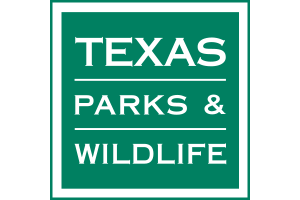
AUSTIN – Recently, the National Veterinary Services Laboratories (NVSL) confirmed the presence of highly pathogenic avian influenza (HPAI) in a backyard poultry flock in Dallas County. As expected by disease experts, HPAI is again circulating amongst wild birds in Texas as fall migration has begun for waterbirds and waterfowl. Earlier this year, HPAI was discovered in a bald eagle and a horned owl in Texas. HPAI has been detected in 46 states across the country and is a highly contagious virus that transmits easily among wild and domestic bird species. Symptoms include diarrhea, incoordination/stumbling, lethargy, coughing and sneezing and sudden death, though birds infected with HPAI may not always have outward signs of infection. The virus may spread in a variety of ways, including through contact with infected wild and domestic birds as well as by contaminated equipment, clothing and shoes of caretakers….
David Yoskowitz Named TPWD Executive Director
News Release for Texas Parks and Wildlife

AUSTIN, Texas – David Yoskowitz, Ph.D. was named executive director of the Texas Parks and Wildlife Department today at a special meeting of the TPW Commission in Austin, Texas. Yoskowitz is currently the senior executive director and Endowed Chair for Socioeconomics at the Harte Research Institute for Gulf of Mexico Studies at Texas A&M University-Corpus Christi. Commissioners took action to accept the recommendation of the search committee in a public meeting. The search committee included TPW Commission Chairman Arch Aplin, and commissioners Anna Galo, Jeffery Hildebrand, and Oliver Bell.
“As an avid outdoorsman, David lives the mission of TPWD,” said Chairman Arch “Beaver” Aplin III. His business and economic acumen in the field of our cultural and natural resources will suit TPWD perfectly…”
Leapin’ Lizards: By Any Name, A Texas Favorite Faces A Difficult Future
Article by Tyler Morning Telegraph

Growing up, family pets in Texas included dogs, cats, goldfish, canaries, sometimes a horse, maybe a rabbit, and almost always a horned lizard, or what was more commonly called a horny toad or horned frog.
If you couldn’t have a dog or horse, horned toads were an easy third choice because all it took to own one was a shoe box with a few holes in it so you could, much to mom’s chagrin, keep it in your room. You did not go to the pet store to get one, just walk out into the yard and keep an eye out in the flowerbeds. Sooner or later one was going to show up. But that was a long time ago, and since then a lot has changed including the disappearance of horned lizards. The beloved little lizards have not completely gone away, but they certainly are not as commonplace as they were.
Central Texas landowners want answers from Texas Central about future of train route
Article by Donnie Tuggle for KBTX

BRYAN, Texas (KBTX) – Ninety-three property owners across nine Texas counties say they want answers about the future of the proposed high-speed train from Houston to Dallas. Attorneys representing the property owners sent a letter to Texas Central questioning the current status of the project. Attorneys say residents and landowners have suffered long enough and should be allowed to move on with their lives if the project is no longer going to happen.
Lawyers for the landowners say with no clear leadership in place at Texas Central, combined with what they call a “hibernation phase in search of financing” leads them to believe Texas Central is no longer pursuing construction of the project. Carlos Aguilar, president, and CEO of Texas Central announced his departure from the company on the Social Media Platform LinkedIn earlier this year.
Article by mySA
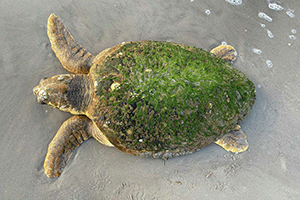
The great big Gulf Coast of Mexico houses millions of species and random objects. There are more than 300 miles of Gulf Coast shoreline, bays, and several barrier islands, including the world’s longest stretch of undeveloped barriers island, Padre Island National Seashore.
Sometimes, rare creatures and things will wash ashore on that large Texas coastline. Whether it be beachgoers who spot and capture the unusual sightings or park rangers, we’ve rounded up what they’ve seen so far along the shores this year.
News Release by NRCS
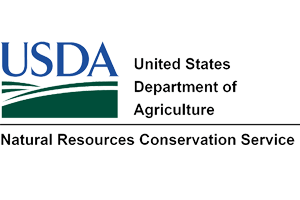
Temple, Texas, Oct. 4, 2022 — The USDA-Natural Resources Conservation Service (NRCS) in Texas announced Fiscal Year 2023 financial assistance opportunities for agricultural producers and landowners for the Conservation Stewardship Program (CSP), Environmental Quality Incentives Program (EQIP), Environmental Quality Incentives Program – Conservation Incentives Program (EQIP-CIC) and Regional Conservation Partnership Program (RCPP). While NRCS accepts applications for these programs year-round, producers and landowners should apply by the state-specific application “due by” dates to be considered for fiscal year’s funding.
Texas Application Cutoff Dates: EQIP: Nov. 4, 2022; EQIP-CIC: Nov. 4, 2022; RCPP: Nov. 4, 2022; CSP: Feb. 24, 2023
To save water in Texas, these nonprofits are paying farmers to leave it in reservoirs
Article for Texas Tribune

As Texas faces an increasingly fraught environmental future from climate change, a new approach to conservation is growing.Drought conditions have created a two-pronged problem for Texas aquifers, natural bodies of water that move through porous rock underneath the Earth’s surface, and reservoirs. Without rainfall, farmers and ranchers are relying more on those well-established water supplies in the state. And without that same rainfall, the aquifer and reservoir levels can’t be replenished as quickly as they are being depleted.
As the state is losing water, some conservation organizations, mostly nonprofits, and agencies are stepping up to help conserve water by using a new strategy — paying farmers to leave the water in the ground and consume more sustainably.
Article by KVUE

AUSTIN, Texas — Oncor and Lower Colorado River Authority Transmission Services will build a new transmission line and substation in the East Hutto area of Williamson County. The Electric Reliability Council of Texas (ERCOT) filed a notice with the Public Utility Commission. ERCOT is the power grid manager for most of Texas. Oncor’s and LCRA TSC’s filing shows the work is needed because of growth in Williamson, Bell and Milam Counties.
“This project supports load growth in Williamson County. Limmer Substation and Teal 345/138 kV Switch will be a new transmission source for the area and will help mitigate post-contingency thermal exceedances,” the State filing shows.
The KVUE Defenders reported on the need to build new transmission lines in the State and the hardship it can bring to landowners.
Turning the Tide for Texas Oysters: Getting it right for the Texas Gulf Coast means getting it right for oysters.
Article by Nature Conservancy

In Texas, that might call to mind your favorite raw bar or drum up memories of family vacations along the Gulf Coast. But there’s more than meets the eye when it comes to these underwater powerhouses. In addition to filtering water and promoting marine biodiversity, oyster shells have long been used as livestock feed, in manufacturing and as paving material—the Houston Astrodome alone used 500,000 cubic yards of oyster shells to construct its stadium and parking lot.
In the Gulf of Mexico, fisheries serve as the cornerstone of a $220 million-dollar national industry, producing nearly half of all oysters consumed in the U.S. each year and impacting the state economy to the tune of $43 million annually. Put simply: thriving oyster populations are vital to the health and prosperity of the Gulf region.
Article by Texas Monthly

Centuries after they were hunted nearly out of existence, an obsessed wildlife ecologist has found evidence that the bucktoothed critters are beginning to recolonize. In the spring of 1831, Albert Pike, a young teacher and poet, uprooted his predictable life in New England and headed west. Lacking both money and a discernible plan, Pike found himself among a group of traders in Missouri who were headed for New Mexico. Once there, he would leave Santa Fe to embark upon an expedition to the Llano Estacado, the elevated expanse of desolate grassland that covers northwest Texas and parts of eastern New Mexico. Pike was in search of beavers, whose pelts had been the obsession of European hatmakers for hundreds of years, decimating the animal’s population. He abandoned his journey and went on to become a freemason as well as a disgraced Confederate general whose Washington, D.C., statue was only recently toppled. Little did he know, the large, semi-aquatic rodents he was in search of had not made an appearance in the Lubbock area for five thousand years. His quest was a futile one.
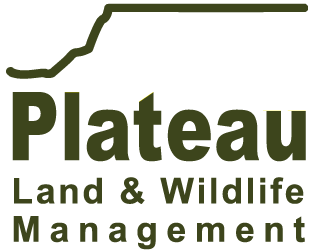




Sorry, the comment form is closed at this time.